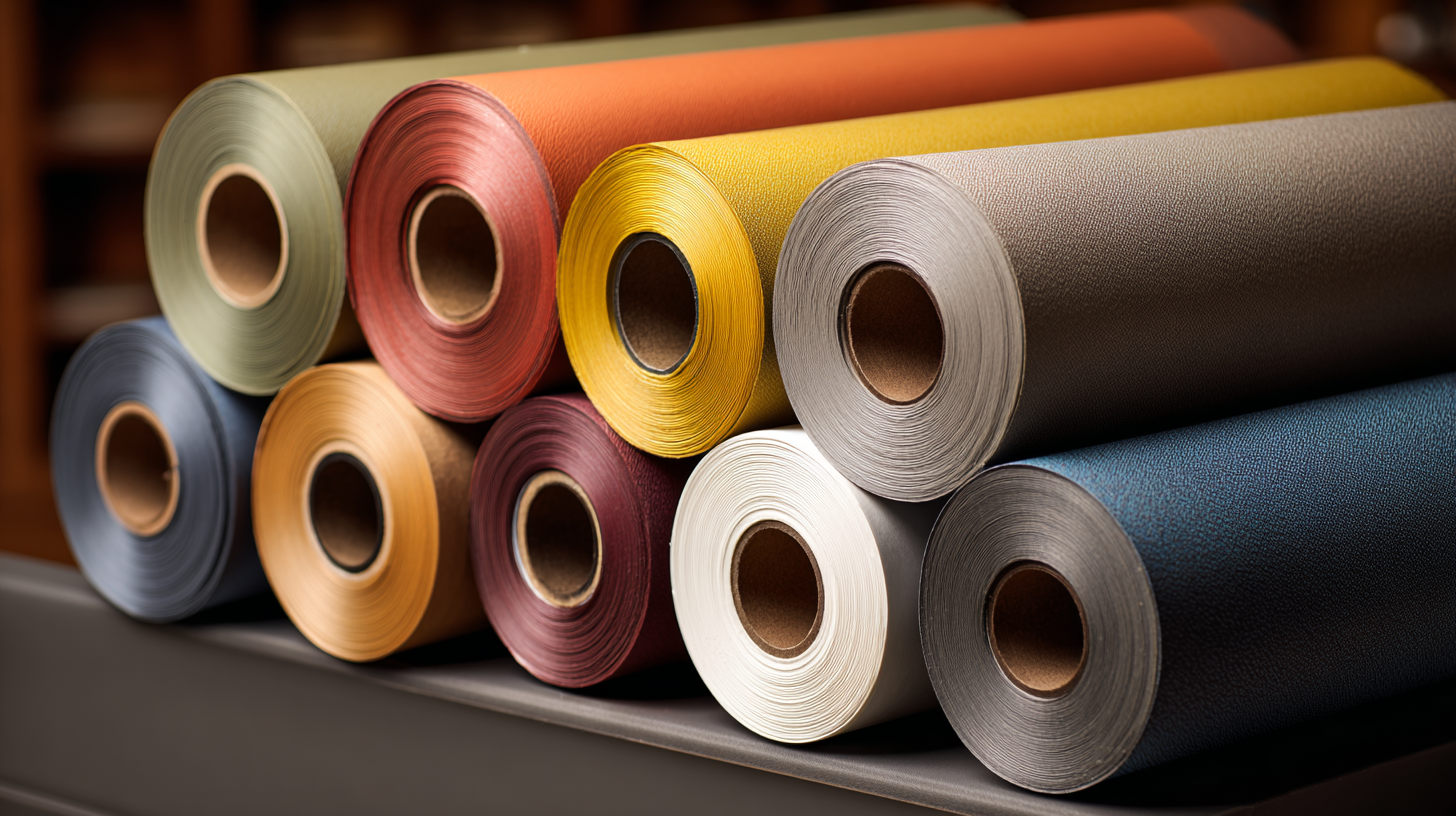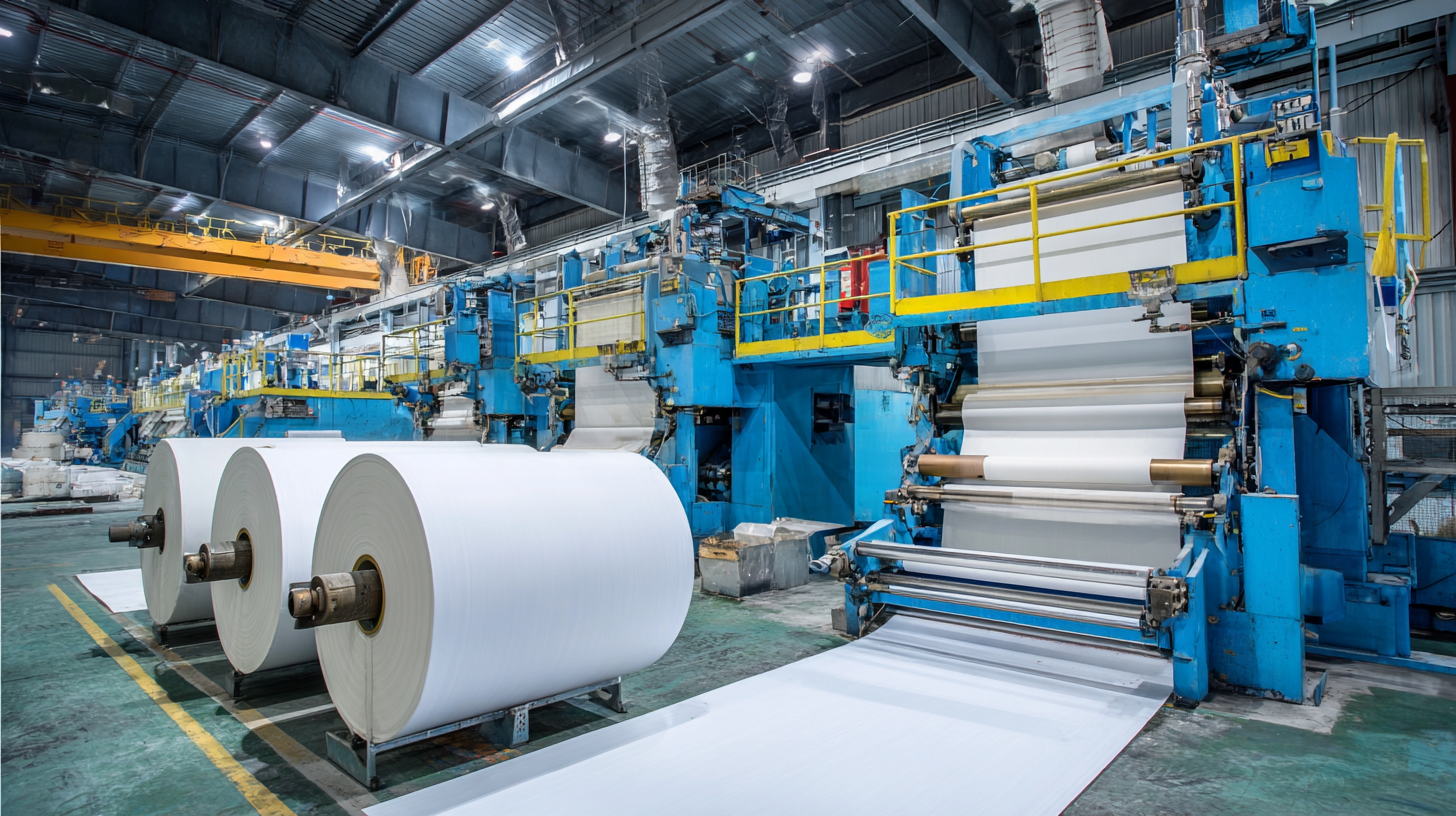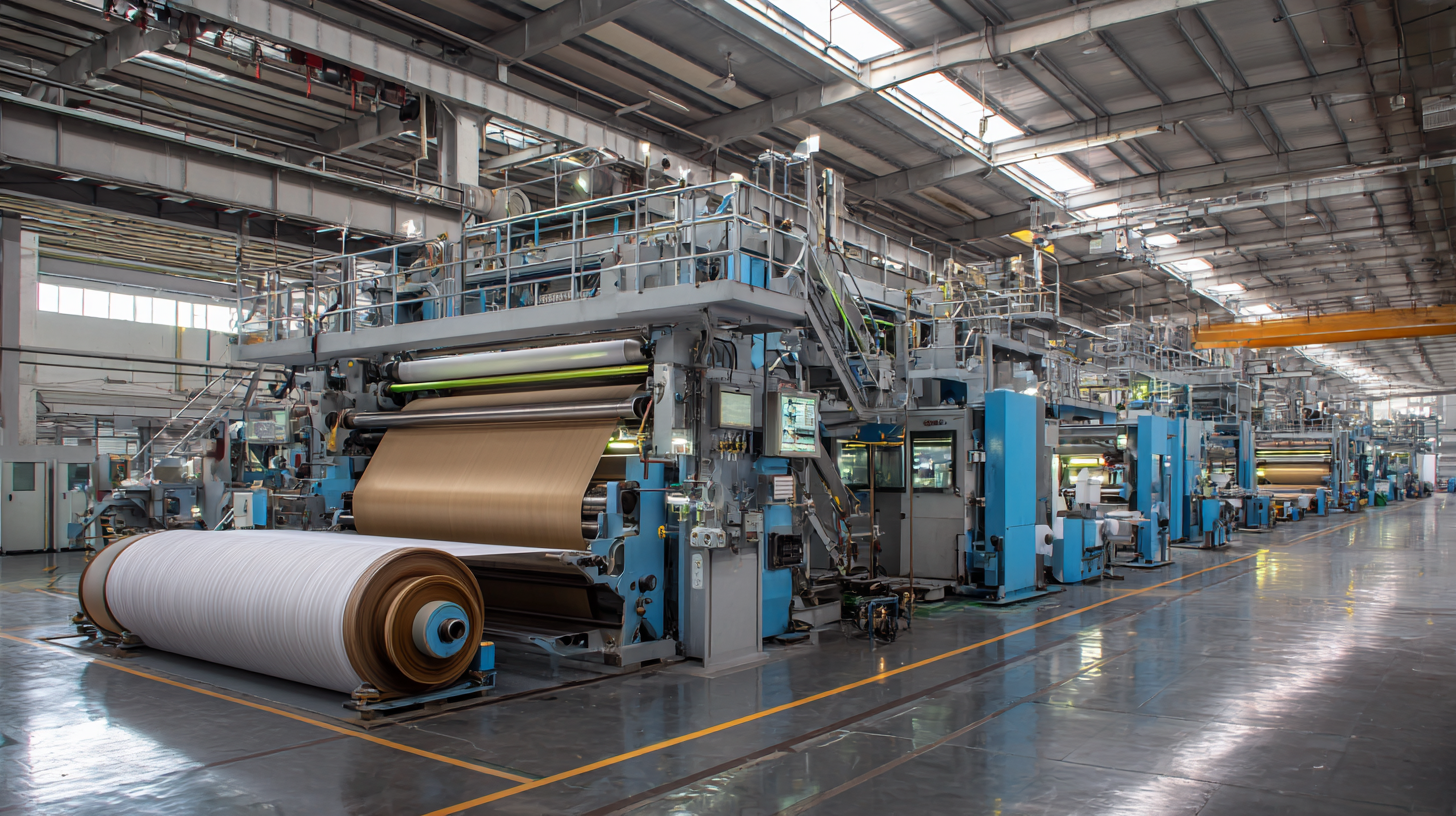
Leave Your Message

The textile industry is evolving rapidly, with a significant shift towards advanced manufacturing technologies such as the Fabric Coating Laminating Line. Reports indicate that the global market for coated fabrics is projected to reach $29 billion by 2025, driven by increasing demand in sectors like automotive, healthcare, and construction. The integration of laminating technology plays a crucial role in enhancing fabric properties, contributing to durability, water resistance, and aesthetic appeal.

In this blog, we will dive into the technical specifications and setup guidelines for the Fabric Coating Laminating Line, examining how manufacturers can optimize their processes to meet the rising quality standards and efficiency demands of the market. Understanding these advanced systems is essential for businesses aiming to remain competitive and innovative in an increasingly challenging landscape.
 Advanced fabric coating techniques offer numerous advantages that significantly enhance the durability and performance of textiles. By applying a protective layer, these methods improve resistance to water, stains, and wear and tear. This is particularly beneficial for industries such as outdoor apparel, upholstery, and automotive textiles, where durability is paramount. Utilizing advanced coatings also allows for greater customization in fabric properties, enabling manufacturers to meet specific customer needs, such as UV protection or fire resistance.
Advanced fabric coating techniques offer numerous advantages that significantly enhance the durability and performance of textiles. By applying a protective layer, these methods improve resistance to water, stains, and wear and tear. This is particularly beneficial for industries such as outdoor apparel, upholstery, and automotive textiles, where durability is paramount. Utilizing advanced coatings also allows for greater customization in fabric properties, enabling manufacturers to meet specific customer needs, such as UV protection or fire resistance.
Tip: When selecting a fabric coating technique, consider the end use of the material. For example, if the fabric will be exposed to harsh weather conditions, opt for waterproof coatings to ensure longevity.
Additionally, the performance benefits of these coatings extend beyond durability. Advanced techniques can enhance the fabric's breathability and flexibility, contributing to a more comfortable user experience. Innovations in laminating lines allow for precise application, ensuring an even distribution of the coating. This precision helps maintain the fabric's original characteristics while enhancing its performance capabilities.
Tip: Regular maintenance of the laminating line is essential to ensure consistent quality in coating applications. Conduct routine checks on machinery and materials to prevent potential issues that could affect the final product.
When selecting the best fabric coating laminating line, understanding the key technical specifications is crucial for optimizing performance and achieving consistent results. One of the primary considerations is the machine's speed, typically measured in meters per minute. Higher speeds can improve productivity, but it’s essential to balance speed with the quality of the lamination to avoid defects. Additionally, the line's ability to handle various fabric types and thicknesses will determine its versatility, making it necessary to choose a model that accommodates a wide range of materials.

Another vital aspect to evaluate is the temperature control system integrated into the laminating line. Precise temperature regulation is necessary to ensure that adhesives and coatings properly adhere to the fabric without causing damage. Furthermore, looking into the line's automation features, such as automatic tension control and edge alignment, can enhance operational efficiency and reduce labor costs. The right laminating line should not only meet current production needs but also be adaptable for future demands, making flexibility and scalability important specifications to keep in mind.
In the realm of fabric coating and laminating, understanding the technical specifications and efficient setup guidelines is crucial for enhancing production quality and sustainability. A significant trend in the textiles industry is the increasing demand for sustainable practices, which has led to the development of innovative coating technologies that minimize environmental impact. The use of eco-friendly materials not only improves the performance of coated fabrics but also aligns with the growing consumer preference for sustainable products. According to recent industry reports, by 2025, the global market for sustainable textiles is expected to reach over $200 billion, pushing manufacturers to adopt greener methods in their processes.
The setup of fabric coating and laminating lines should focus on optimizing the treatment of textile effluents, a challenging aspect due to the complexity of textile processing. Implementing advanced textile effluent treatment methods can significantly reduce water pollution and improve overall production efficiency. Studies indicate that integrating efficient wastewater management into the production cycle can decrease operational costs by up to 30%, while also complying with stricter environmental regulations. Therefore, investing in state-of-the-art laminating systems that prioritize both performance and eco-friendliness is essential for companies aiming to thrive in an increasingly competitive marketplace.
When selecting fabric coating laminating equipment, several key factors come into play. The choice of laminating line is often influenced by the specific material properties and desired end-use of the fabrics. For instance, reports indicate that the global laminating equipment market is anticipated to grow at a CAGR of 5% through 2025, driven by the rising demand for high-quality coated fabrics, particularly in the automotive and textile industries. Manufacturers must evaluate their production capacities and scalability to meet increasing consumer demands without compromising on quality.
Tips for choosing the right equipment include evaluating the technical specifications of the laminating line, such as heating and cooling capabilities, which are crucial for processing a variety of fabric types. Additionally, understanding the compatibility of the laminating materials with the chosen technology is essential. For example, some laminating machines are better suited for polyurethane coatings, while others excel with acrylic variants.
Another important consideration is maintenance and support. Research indicates that approximately 30% of operational downtime in manufacturing facilities can be traced back to equipment failure. Thus, opting for suppliers that offer comprehensive after-sales service can ensure minimal disruption and longevity of the equipment. Always consider these factors to optimize your investment in fabric coating laminating equipment.
| Specification | Description | Value |
|---|---|---|
| Max Fabric Width | Maximum width of fabric that can be processed | 3000 mm |
| Coating Thickness | Thickness of coating that can be applied | 10 - 200 microns |
| Speed | Maximum processing speed of the laminating line | 50 m/min |
| Heater Type | Type of heaters used for drying and curing | Infrared heaters |
| Power Consumption | Electrical power consumed by the equipment | 25 kW |
| Control System | Type of control system used for operation | PLC-based control |
| Safety Features | Safety features included in the equipment | Emergency stop, overload protection |
The fabric coating industry is undergoing a revolutionary transformation driven by innovative technologies that not only enhance productivity but also improve product quality. Advanced methods such as digital printing and nanotechnology are paving the way for more precise and efficient coating processes. These technologies enable manufacturers to create high-performance fabrics that meet the evolving needs of various applications, from fashion to industrial use.
Moreover, automation and smart manufacturing solutions have become integral to the fabric coating laminating lines. The implementation of IoT devices allows real-time monitoring and data analytics, enabling manufacturers to optimize their processes and reduce waste. This shift towards smarter operations is not only improving efficiency but also fostering sustainability by minimizing the environmental impact of fabric production. As these technologies continue to evolve, they will further redefine the capabilities and standards within the fabric coating industry, ensuring that manufacturers can adapt quickly to market demands and consumer preferences.